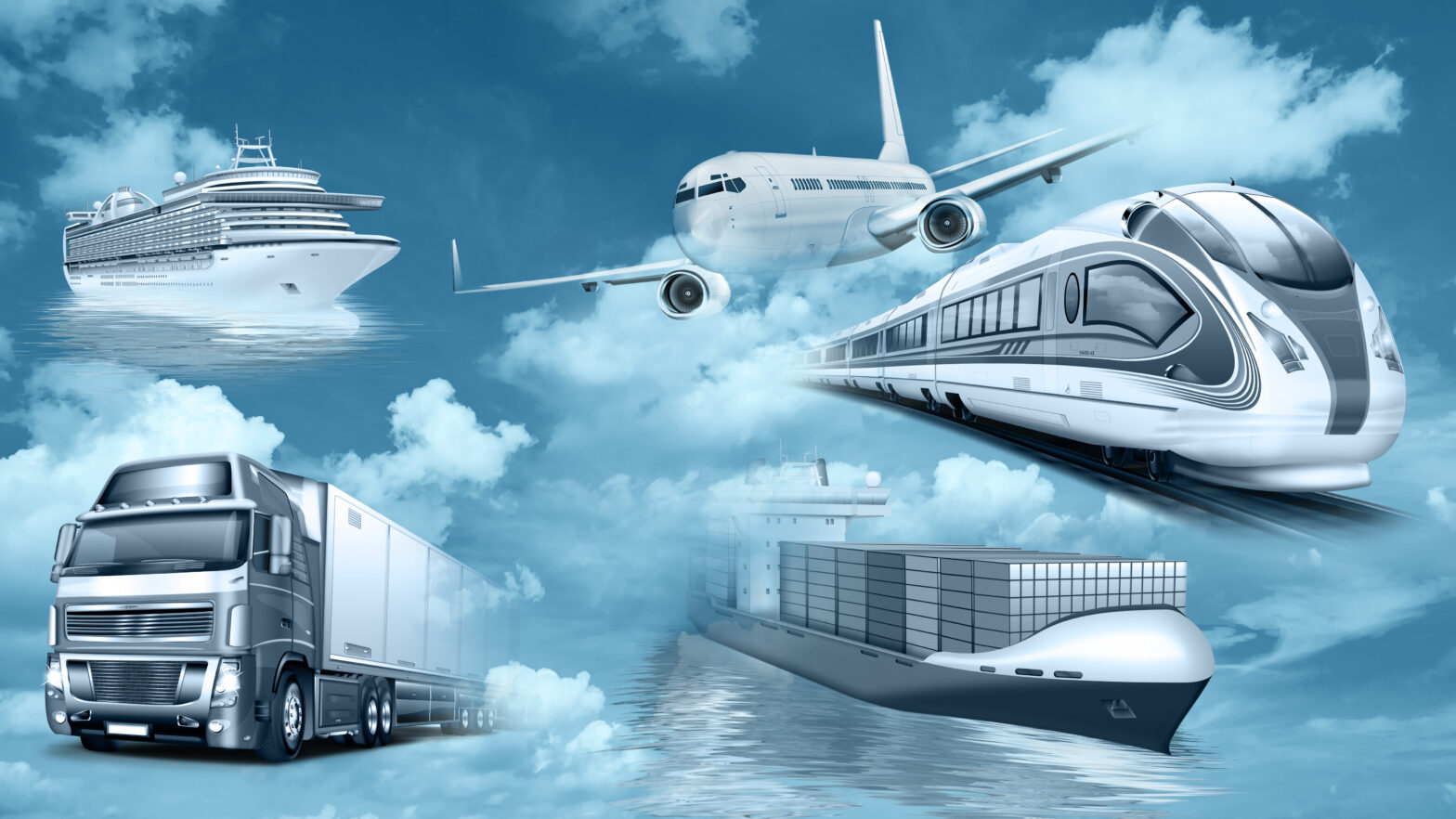Have you ever glanced at a plane, train or automobile and wondered why it looks the way it does? These important methods of transport do more than just take us from place to place for work or pleasure. They have to look the part too.
This is for three key reasons – cosmetics, ease for passengers, and protection. Robust industrial design is able to cater for all three of these priorities and is the behind the scenes work that every transport provider needs.
Looking good: Design to catch the eye
Transport firms want to look better than their rivals. That’s not just a pride thing either.
If you look good it sends the right message to would-be customers. Consciously or sub-consciously the message will seep through that you are someone worth giving business to.
Take a look at The Design Air and their top ten airline liveries to see what we mean. Top of the list is Etihad, with an impressive geometric design inspired by traditional Emirati design patterns, and the landscapes of the desert and Abu Dhabi. It’s a striking example of how design can convey a message and align a brand with quality.
Finding your way: Standing out from the crowd
Design of this nature also performs a practical function to assist passengers. If you’re on a crowded platform and are looking for the right train – or need to hunt out the right bus when you’re running late – it helps to be able to look for the one sporting the colours of your chosen company. A simple but effective way of assisting customers and an important part of the design process.
Built to last: Protection matters
Most important of all is the matter of protection. Trains are expensive to build – costing more than £1 million a carriage – so rail operators across the globe can’t afford for them to be out of action. Buses and planes aren’t cheap either and the same goes for them.
Yet while they’re in the air, on the tracks or on the roads they are exposed to the elements. The paintwork goes through a lot and it needs to withstand the wind and rain – even more so when it comes to a plane.
The right paint can last many years – but the key is in combining this with the right surface preparation. By doing this – in the sort of blast room offered by the likes of Airblast AFC – the paint can be guaranteed for a number of years. Peeling paintwork doesn’t just send the wrong impression (the opposite of the design point above) but also means that the surface is unprotected and leaves open the chance of rust or deterioration which, at the prices shown above, can be a very costly issue indeed.
So the way a plane, train, bus or car looks is important. It needs to stand out from the crowd, convey a clear brand message and offer protection to ensure that an expensive investment is worthwhile.






